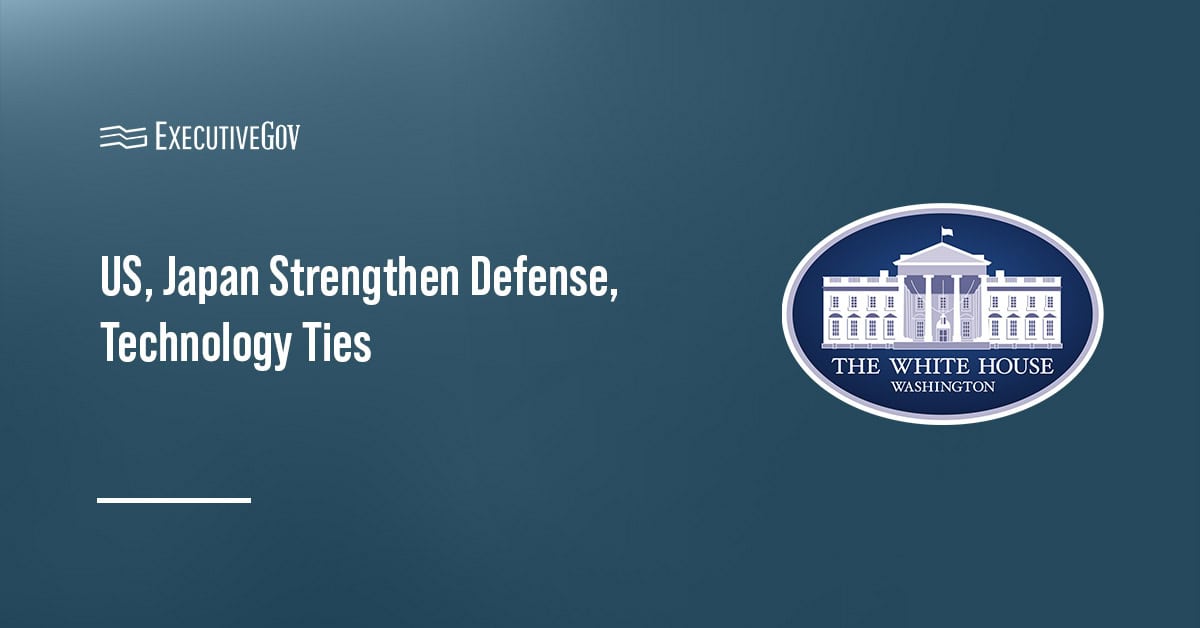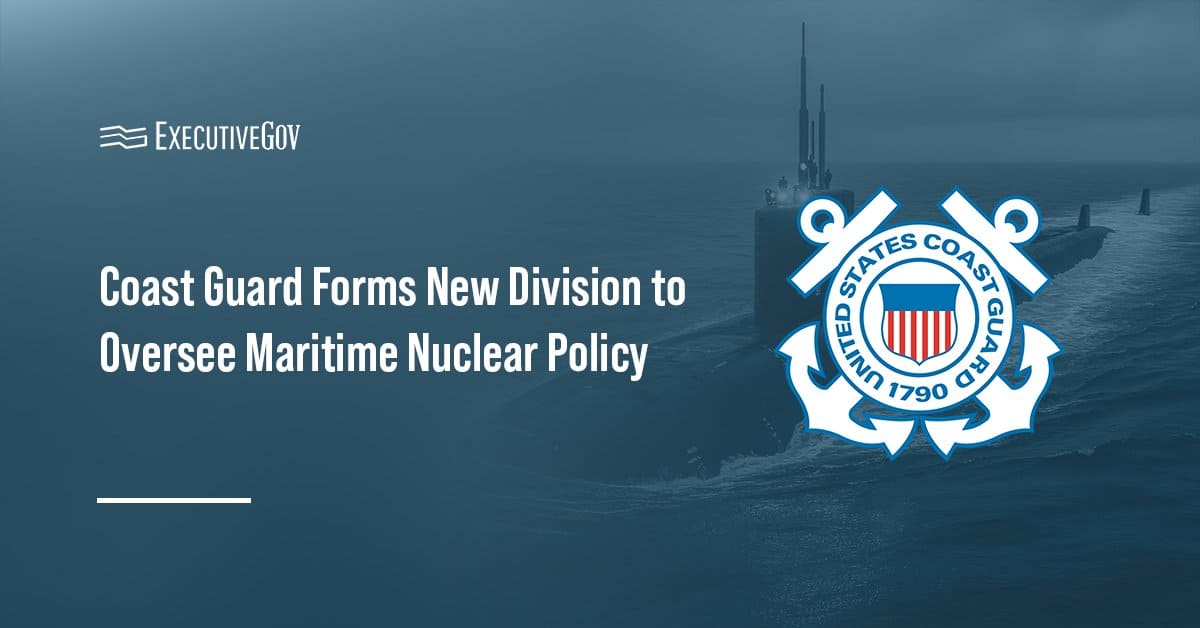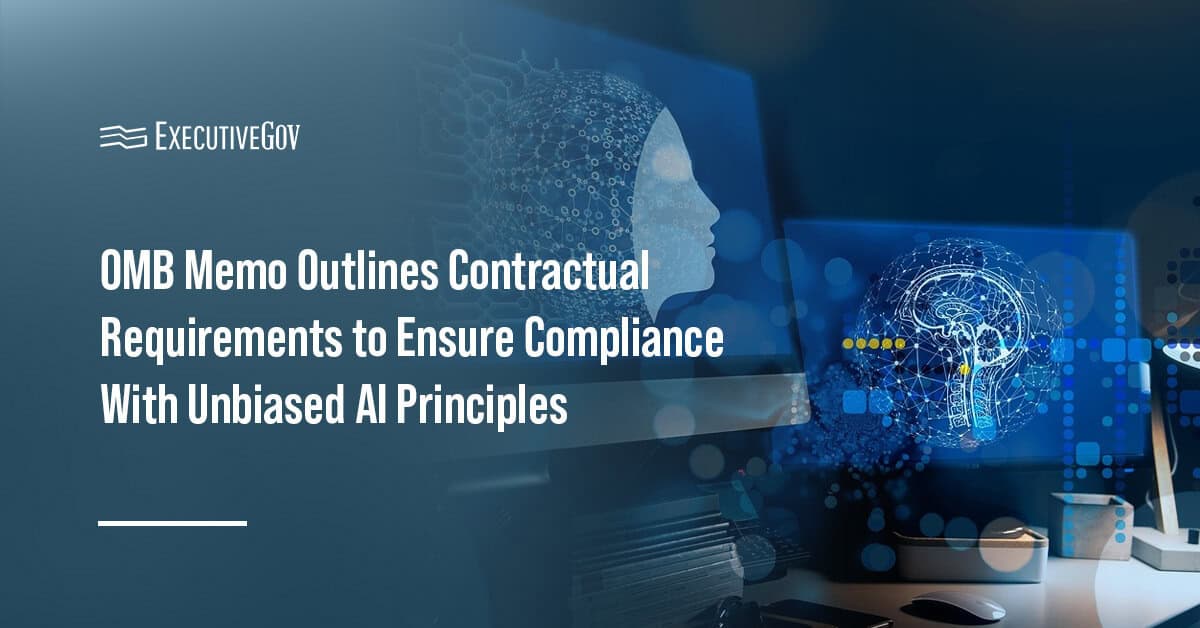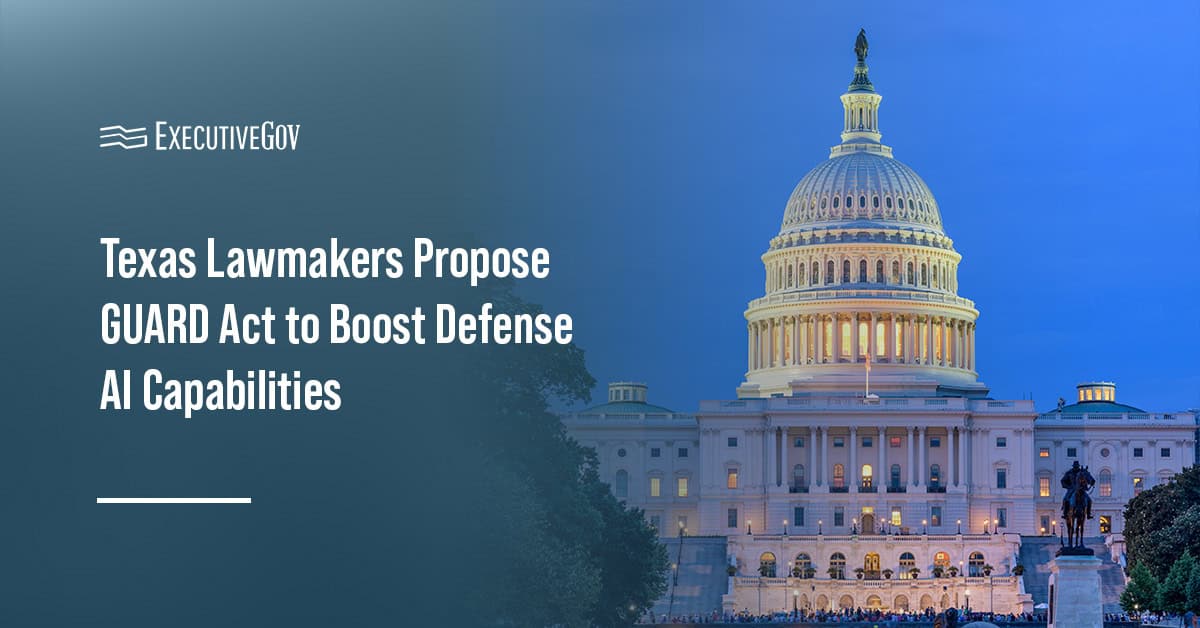The Trump administration has outlined a set of U.S.-Japan agreements and investment commitments intended to strengthen cooperation across defense, manufacturing, energy, technology and supply chains.
Table of Contents
Deepening US-Japan Defense Relationship
The White House said Tuesday that President Donald Trump and Japanese Prime Minister Sanae Takaichi committed to deepening the U.S.-Japan defense ties to strengthen deterrence in the Indo-Pacific region.
The U.S. accelerated deliveries of advanced medium-range air-to-air missiles for Japan’s F-35 fighter jets as part of efforts to improve deterrence and burden sharing along the First Island Chain.
Discover international military research and development opportunities at the Potomac Officers Club’s 2026 Defense R&D Summit on Jan. 29!
Science & Technology Initiatives
The U.S. and Japan also committed to advancing cooperation in science and technology through several landmark agreements. The two countries signed a memorandum of cooperation for the U.S.-Japan Technology Prosperity Deal to accelerate the adoption of AI and drive innovation.
Collaborative efforts will focus on pro-innovation AI policies, research security, 6G, quantum information science, fusion energy, biotechnology and pharmaceutical supply chains, and space technology.
The two countries will establish a joint working group of government agencies to enhance mutual understanding of technical standards and requirements, drawing on U.S. expertise to promote secure and sovereign cloud development.
How Are US Manufacturing & Supply Chains Being Strengthened?
Japan committed billions of dollars to investments in U.S. critical infrastructure and manufacturing. This includes up to $332 billion to support the construction of small modular reactors, power plants, transmission systems, substations and other critical energy infrastructure. Other projects are optical fiber networks, energy storage systems and advanced electronic components.
Critical minerals initiatives will support ammonia, urea and copper production in the U.S. Meanwhile, investments in ports, logistics and high-tech manufacturing facilities aim to expand export capacity and strengthen U.S. industrial supply chains.





